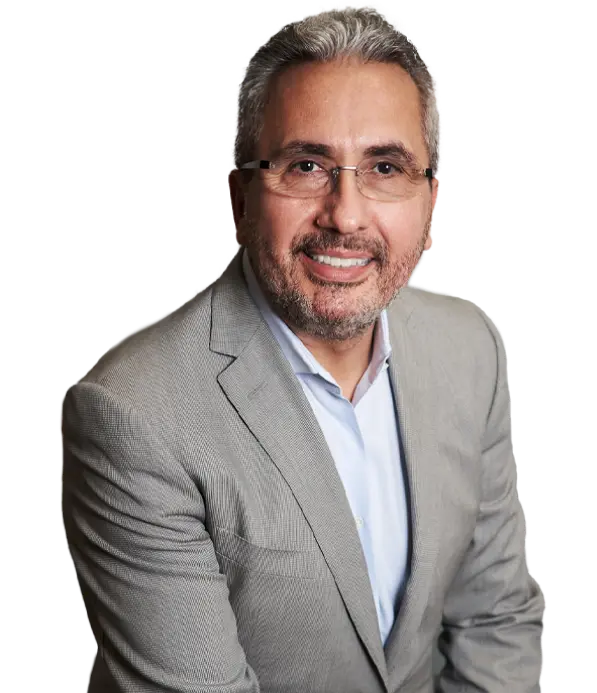ENRICHING THE
BEAUTY YOU WERE
BORN WITH
Campanile Plastic Surgery is devoted to cosmetic excellence. Led by Dr. Francesco Campanile, a board-certified plastic surgeon, our practice strives for ultimate patient satisfaction and remarkable results.
Dr. Francesco
Campanile
With so many plastic surgeons in Denver, Colorado, it can’t be easy to find the doctor who’s just right for you. Or can it? Time and time again, the women and men who choose Francesco Campanile, M.D. say that they’ve found “the whole package” – a doctor who cares deeply about the quality of your results.
DR. CAMPANILE'S
C.L.A.S.S.®
TUMMY TUCK
Never one to settle, Dr. Campanile has developed his own advanced techniques in the field, including his exclusive C.L.A.S.S.® tummy tuck procedure, which yields improved results with less downtime.
REMARKABLE
TRANSFORMATIONS

YOUR IDEAL FIGURE
COSMETIC
SURGERY
We offer a wide range of procedures, including breast augmentation, breast lift, liposuction, tummy tuck, facelift, rhinoplasty, eyelid surgery, and body contouring.
We are committed to providing our patients with the highest quality care. We use the latest techniques and technology to ensure that our patients have the best possible results.
If you are considering cosmetic surgery, Campanile Plastic Surgery is the perfect place to start.
Here’s to feeling your best self!

A TRUSTED TEAM FOR
NON-SURGICAL
PROCEDURES
Looking and feeling your best is important to you. That’s why we offer a wide range of non-surgical procedures that can help you achieve your goals without the extensive nature of a surgery.
Our non-surgical procedures are convenient, effective, and can be truly transformative. We use the latest techniques and technology to ensure that you get the best possible results.
Whether you’re looking to reduce wrinkles, improve your skin tone, or boost your self-confidence, we have a non-surgical procedure that can help.
You are worth it!













